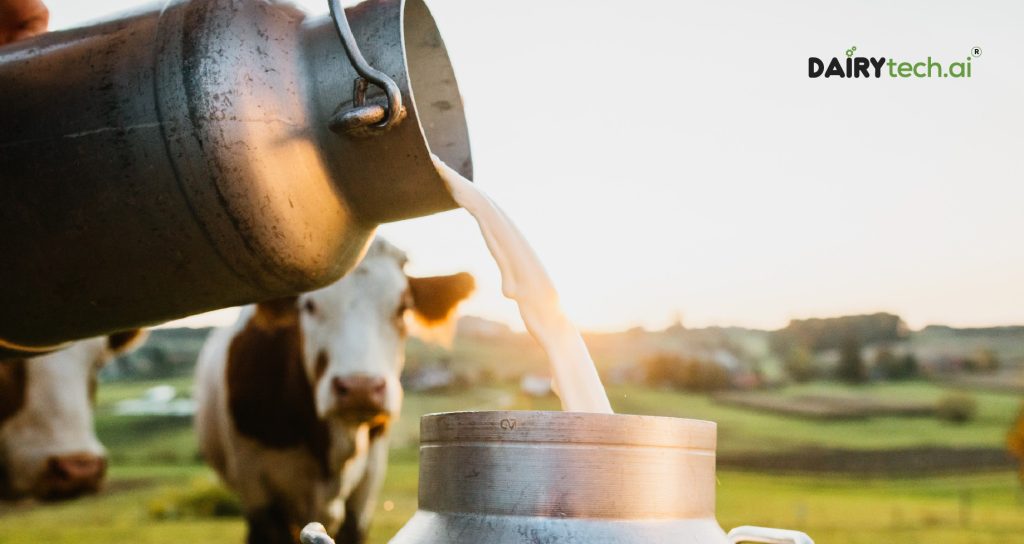What is Dairy Supply Chain?
Dairy Supply Chain
Dairy farms around the world provide nutrition to people. And it takes a lot of hard work, processing, and management to deliver nutrition to people’s tables.
Dairy chains connect the actors and actions involved in getting milk and milk products to the ultimate customer; the product’s value rises with each activity. Production, transportation, processing, packaging, storage, and distribution can all be part of a dairy chain.
Activities necessitate inputs such as money and raw materials, which are used to add value to dairy products and transfer them to customers. Every link in the chain should contribute the most value to the product for the least amount of money.
Setting up an efficient, hygienic, and economic dairy chain is a serious challenge in many developing countries.
Among the reasons for this are:
- Due to the fewer volume of milk produced per farm and the distance of production sites, developing a profitable milk collecting and transportation infrastructure has proven problematic.
- Milk availability is seasonal, and there is a lack of transportation infrastructure.
- In the gathering and processing of milk, there is a lack of technology and understanding.
- Raw milk of poor quality
- Distances between manufacturing locations and processing facilities, and then from processing units to consumers
- Establishing cooling facilities is proving to be a challenge.
A Brief Journey of Dairy Supply Chain
The dairy supply starts on one of the 50,000 dairy farms in the United States. Milk production usually begins with cows being milked through pipes connected to cooling storage silos, which are also located on the farm. Milk is stored at temperatures below 40°F for no longer than 48 hours in storage.
Milk quality is checked and qualified for further distribution. It has to be processed to go for selling.
Milk is unfit for human consumption because the cow was treated with antibiotics or other medicines not approved for use on dairy animals by the FDA or the Environmental Protection Agency (EPA).
Distribution
Milk and dairy products are normally transported in three stages:
From the farm to the manufacturing plant
From a manufacturing facility to a distribution hub
From the heart of the city to a variety of retail establishments
The main objective of transportation is that milk does not stand in one place for too long. Moving milk quickly from the farm to the refrigerator is a difficult task. Unlike the beef business, the dairy industry is still highly fragmented, with smaller farms and cooperatives dispersed across a larger geographical region. As a result, supply chains must be resilient in order to avoid transit and storage problems.
Processing
Once the milk is processed, produced in different dairy products, packed, and transported to wholesalers, any milk transported interstate must be pasteurized and most often is also homogenized and fortified.
Dairy farms are trying and optimizing their product ranges and selling methods from only milk to cheese, yogurt, ice cream. All must be sold under FDA rules and regulations for consumers’ safety.
Whey, a byproduct of cheese production, is commonly used in snack foods, powdered milk, and bodybuilding supplements. While the variety of products brings in more cash, the whey processing facility may be separate from the cheese production plant. These extra processes add more pauses throughout the supply chain, raising the risk of food contamination.
To guarantee that their products have a minimal risk of causing sickness, dairy entrepreneurs may need to go above and beyond current restrictions.
Retail
Dairy goods are normally available in supermarkets and grocery shops within two days of leaving the farm, however, those that need fermentation, such as cheese, may take longer. Dairy products have expiry dates and manufacturers need to take care of the supply chain.
The key issue at this step of the supply chain is to ensure that all dairy products are stored and kept at correct temperatures at all points of sale, including refrigerator and freezer cases, departments, cafeterias, salad bars, and vending machines.
As a result, constant temperature monitoring becomes a vital best practice.


